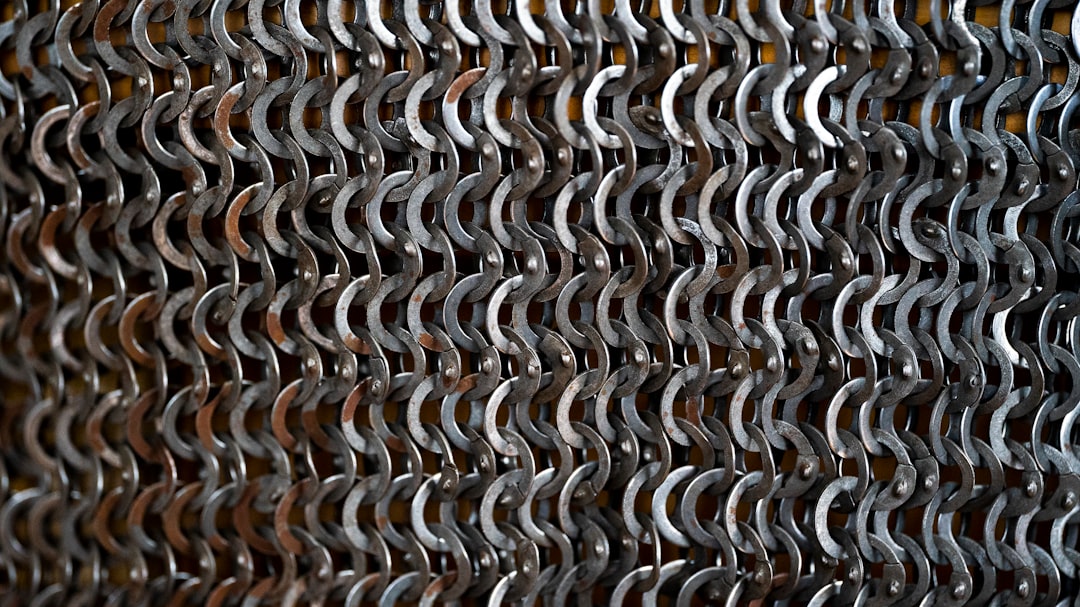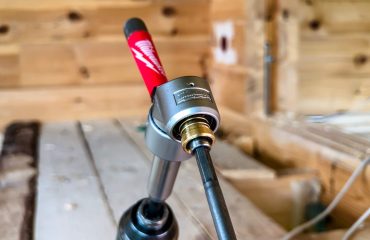The steel industry, a cornerstone of modern infrastructure, has long been associated with significant environmental challenges. However, a green steel revolution is underway, driven by a growing awareness of the need for sustainable practices. This post explores the innovative approaches transforming steel manufacturing into a more environmentally responsible industry.
1. Minimizing Carbon Emissions: The Heart of Green Steel
Steel production is notoriously carbon-intensive, primarily due to the use of coking coal in blast furnaces. This process releases vast amounts of carbon dioxide (CO2) into the atmosphere, contributing significantly to climate change. The pursuit of green steel hinges on drastically reducing these emissions. Several strategies are being employed:
- Hydrogen-based steelmaking: Replacing coking coal with hydrogen as a reducing agent eliminates direct CO2 emissions from the process. While still in its developmental stages, hydrogen steelmaking holds immense promise for decarbonizing the industry. Challenges include the cost and availability of green hydrogen (produced using renewable energy sources).
- Carbon Capture, Utilization, and Storage (CCUS): This technology captures CO2 emissions from blast furnaces and either utilizes them in other industrial processes or stores them underground, preventing their release into the atmosphere. While effective, CCUS is energy-intensive and requires significant infrastructure investment.
- Electric Arc Furnaces (EAFs): EAFs utilize electricity to melt scrap steel, significantly reducing CO2 emissions compared to blast furnaces. The increased use of EAFs, particularly when powered by renewable energy sources, is a key element of the green steel transition.
2. Harnessing Renewable Energy: Powering a Sustainable Steel Industry
The energy source used in steel production significantly impacts its environmental footprint. Transitioning to renewable energy sources, such as solar, wind, and hydro power, is crucial for minimizing the industry’s carbon emissions. This involves:
- On-site renewable energy generation: Steel mills are increasingly integrating solar and wind farms directly into their operations, reducing reliance on fossil fuel-based electricity grids.
- Power Purchase Agreements (PPAs): Steel companies are entering into PPAs with renewable energy providers, guaranteeing a supply of clean energy for their manufacturing processes.
- Improving energy efficiency: Optimizing steelmaking processes to reduce energy consumption is another crucial step. This involves implementing advanced technologies and improving operational efficiency.
3. Sustainable Raw Material Sourcing: Responsible Procurement Practices
The environmental impact of steel production extends beyond the manufacturing process itself. The sourcing of raw materials, such as iron ore and coal, also plays a significant role. Sustainable practices include:
- Responsible mining practices: Minimizing the environmental damage associated with mining iron ore and other raw materials through sustainable mining techniques and reclamation efforts.
- Increased use of recycled steel: Scrap steel is a readily available and environmentally friendly raw material. Increasing the proportion of scrap steel used in steelmaking significantly reduces the need for virgin materials and lowers CO2 emissions.
- Sustainable forestry practices: Ensuring the sustainable sourcing of wood for charcoal production, where applicable, through responsible forestry management.
4. Waste Reduction and Recycling: A Circular Economy Approach
Minimizing waste and maximizing recycling are integral to green steel manufacturing. This involves:
- Closed-loop systems: Designing processes that minimize waste generation and reuse byproducts within the steelmaking process itself.
- Improved waste management: Implementing effective waste management strategies to reduce landfill disposal and recover valuable materials from waste streams.
- Developing innovative recycling technologies: Investing in research and development to improve the efficiency and effectiveness of steel recycling processes.
5. Technological Advancements: Driving Innovation in Green Steel
Continuous technological advancements are essential to the ongoing development of green steel. This includes:
- Artificial intelligence (AI) and machine learning (ML): AI and ML can optimize steelmaking processes, improving energy efficiency and reducing waste.
- Advanced process control systems: These systems enable precise control over various parameters, leading to improved product quality and reduced emissions.
- New materials and alloys: Research into new steel alloys and materials can lead to the development of stronger, lighter, and more sustainable steel products.
The transition to green steel is a complex and multifaceted challenge, but it is a crucial step towards a more sustainable future. Through a combination of technological innovation, policy support, and industry collaboration, the steel industry can significantly reduce its environmental impact and contribute to a greener world.
SEO Tags: Green steel, sustainable steel, eco-friendly steel manufacturing, carbon capture steel, renewable energy steel




